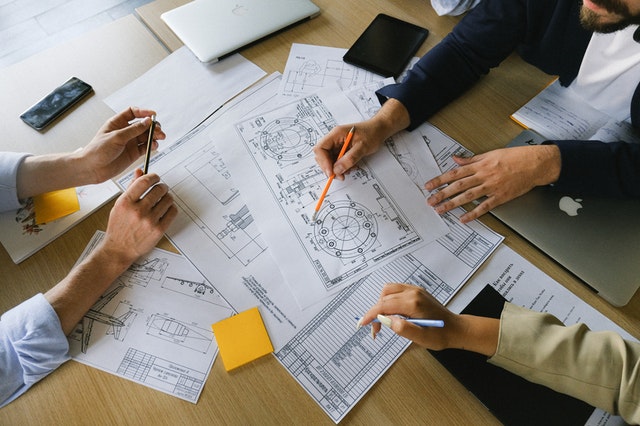
I have seen many business owners create a product and attempt to put it on store shelves right away. They are excited and ready to share the product with the world; however, they missed one critical step. A step that costs them a lot of time and money. They did not take time to create and test a prototype.
Prototypes can be used to test out the look and feel of a product design and how it performs. You can test your product without investing too much time and money.
Choose The Right Manufacturing Process
Metal Products
Metal prototypes are usually made by CNC machining or metal 3D printing, like https://www.rapidpsi.com/additive-manufacturing-3d-printing. With CNC machining, computer-aided design (CAD) software is used to create final products some of which often require large, complicated cuts. It may require several machines and/or robotic hands, but all of the machines connect to one program. The result would be time saved and consistency in the production process. Metal 3D printing works very well for some prototypes, but it’s not always suitable for production. Even though the tech is still getting better, it’s too slow and expensive to make large volumes of products unless you need to have lightweight parts with complex geometry.
If you need to make a high volume of products, you could consider pressure die casting. This is the fastest and most cost-effective way to make a lot of metal parts.
Plastic Products
If you choose to make your prototype out of plastic, you probably want to use 3D printing, CNC machining, or polyurethane vacuum casting. If you need larger volume production, then plastic injection molding is a good choice.
Like pressure die casting, injection molding requires you to follow design rules that you don’t need to worry about when you use techniques for rapid prototyping. The rules might include minimal wall thickness dimensions, the position of gates, ejector pins, runners, and draft angles. If you’re developing a product, you need to make sure your development plans cover the additional cost and time that transitioning from one kind of process to another will need.
Prepare A Bill Of Materials
Prototypes usually only have a few finished parts, which are priced per completed unit. When you go into the main production, every single item in the assembly needs to be accounted for. This includes every clip, button, screw, can of paint, nut, bolt, etc. The more line items you have in a product, the more complicated the supply chain will be. Try to keep your design as simple as you can to keep costs down.
A complete bill of materials can help you estimate how much work is involved in assembling the finished product, another cost factor.
Choose The Right Material

Sometimes, you will need to make a prototype out of more expensive material. You might need to do this to make a showpiece for a funding or marketing campaign. These expensive materials are not the right choice for manufacturing in high volumes.
Instead, use more common raw materials. These are not as expensive and should be quicker and easier to source. Manufacturers will also have more experience working with the materials they usually stock, so you can get more reliable results every time. Also, if part of your business brand includes being a green business, you will want to select environmentally friendly material.
Prototype To Production
When taking your product from a dream to reality, start by making a prototype. Include time for testing and making any necessary updates based on the feedback you receive. Test various materials to find the ones that are just right and safe for the consumer. In the end, you will save money and have many happy customers when you bring your prototype to final production. Here’s to YOUR success!
Carolyn R. Owens has over 25 years of proven experience and serves as a Career Strategist, Leadership, and Mentor Coach. She is the Chairwoman and CEO of Infinity Coaching, Inc., where they help you up-level your skills so you can up-level your income. Infinity Coaching, Inc. provides one-on-one and group coaching, organizational training, and personality assessments. Carolyn is certified to give both The Energy Leadership Index and Myers Briggs Type Indicator (MBTI) assessments. You can find out more about both assessments and other products and services at https://infinitycoaching.net.
